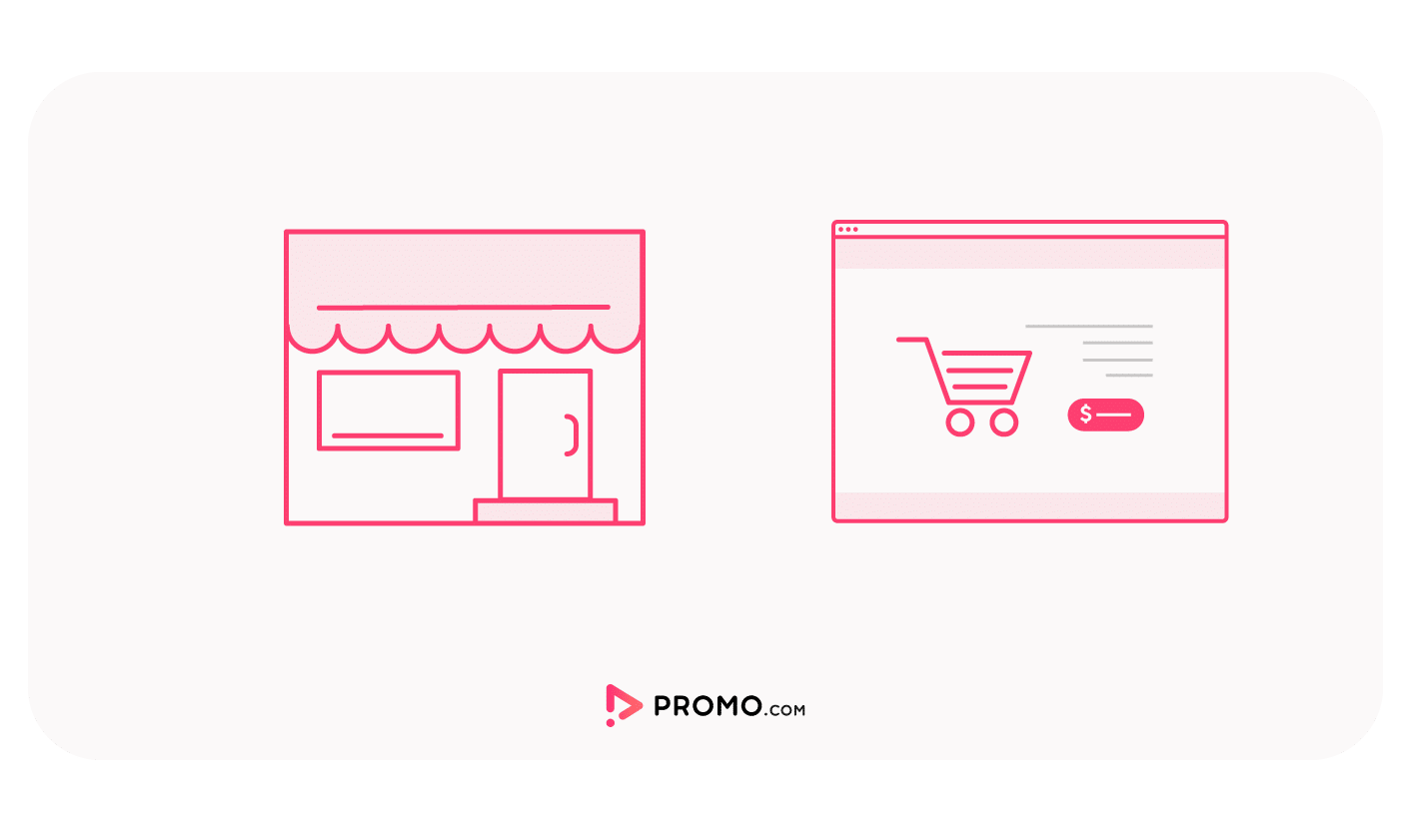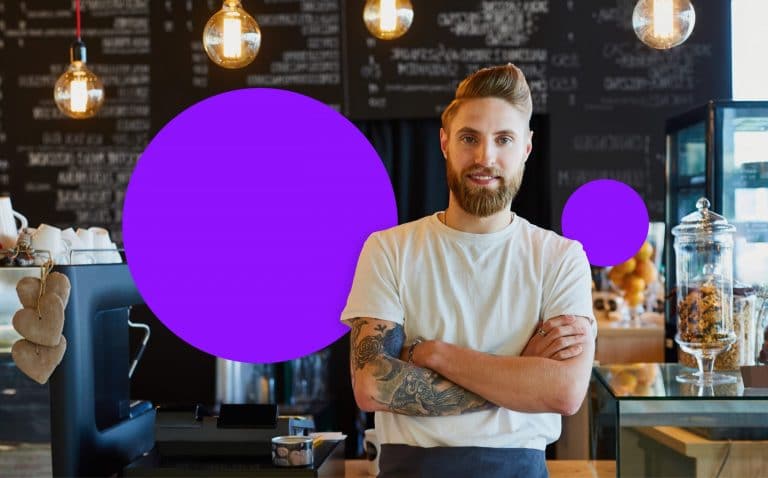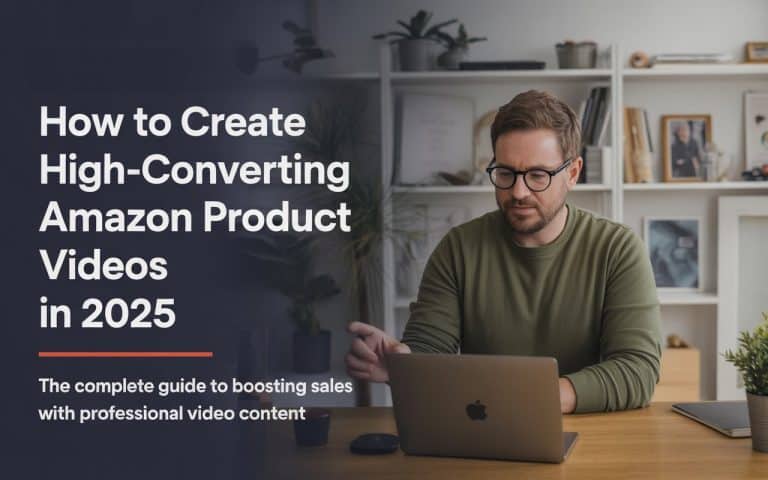
COVID-19: How to move your business online (industry-specific examples)
Depending on where you’re at in the world right now, there’s a good chance your life has changed a lot due to coronavirus.
This is especially true if you own a small business, even more so if you don’t do 100% of your business online.
These are tough times. Businesses that count on in-person customers are seeing their revenues drop and feeling lots of pressure. But you know what, pressure makes diamonds. If you feel squeezed right now, there’s no time to roll over and wait for some sort of stimulus package from your government that may or may never arrive.
We must follow the necessary precautions put forth by our respective governments, but we must also find a way to keep our businesses operating and creating revenue, even if not at full capacity.
In this post, we’ve identified a few different industries to show some examples of how companies are taking their businesses online to stay active during the COVID-19 pandemic and ensuing quarantine. Here are the verticals we’re going to look at:
Let’s get to work.
Finding opportunities

Just because a business is labeled “Non-essential” doesn’t mean people don’t still want what that business offers.
Think about it—are people really just going to stop drinking coffee? Absolutely not.
They’re not going to hang out in coffee shops, freeloading off the Wifi, but you can be 100% that a coffee drinker will remain a coffee drinker throughout this quarantine.
Today, it’s all about finding ways to connect your customer base with your product or service in a manner that works with their current situation—remote work or quarantine.
Note: Some businesses are being hit harder than others during the COVID-19 pandemic, and this post is not meant to minimize their struggles or suggest they aren’t doing enough. It’s time to dig deep and pull out all the stops, though, so hopefully, you can find some inspiration in these examples.
How these industries can move online

In this global crisis, neither businesses or customers can expect to operate at 100%. Instead, we need to make do with what we can. Here’s how the following seven industries are making the move to online services.
Fitness
If you’re a gym member, you’ve likely received an email or some form of communications from your fitness center about what they’re offering online—classes, training, etc. This was a no-brainer for most gyms, but there are a few ways gym owners can step it up and encourage participation.
Keep your class schedule – For many people, their gym routine and help them maintain a sense of normalcy. If you’re broadcasting your class sessions via Zoom or other video conference software, maintain a consistent schedule.
Personal training – Send out a preliminary text or email to your clients to find out what types of equipment they have at home. This way, personal trainers can customize each workout to get the most out of what folks have available.
Position it as a challenge – If people are used to strength training and machines, position bodyweight exercises as a challenge to test their athleticism, balance, and endurance. Use this time without fancy isolation equipment to coordinate total body workouts.
And if you need to promote your new online fitness services, we have a whole library of health and fitness video templates to get you started.
Retail
If you haven’t already, it’s now time to transition your commerce to eCommerce. Developing an online shopping option for your brick-and-mortar shop is important in everyday life, but in quarantine, it’s absolutely essential.
ECommerce platforms like Shopify have democratized online stores to the point where anybody who’s computer literate can start a store—there are website themes you can choose from to pair with apps for fulfillment and marketing, so there’s no excuse not to have an online store.
Once you get your store up and running, here’s a great guide to help you overcome some of the most common obstacles that you might face when tackling eCommerce video marketing.
Restaurants
Before the Coronavirus pandemic, restaurant delivery was already on the rise, with 60% of U.S. diners ordering in at least once a week. Now, food delivery has become an essential service and restaurants who are late responding to this consumer behavior need to catch up; fast.
Depending on the area, signing up for a third-party delivery service like Postmates, UberEats, Doordash, GrubHub or similar is likely the fastest way to get up and running. Training your own staff for delivery is another option.
Regardless, once you have a system for delivery set up, you’ll need to promote it.
Pro tip: Grab a video template from our food and beverage library, customize it with your brand, and use some Facebook and Instagram ads to alert your followers to your new offering. It will be cheap to advertise to them, and since they’re already fans, they’re more likely to follow through with an order.
Real estate
The National Association Of Realtors has been doing flash surveys since March 9 to understand how behaviors are changing. While some sellers are pulling their listings, as of March 19, 61% are keeping their houses on the market, so agents need to continue to find ways to connect with buyers, who now have access to low-interest rates.
We’ve written extensively about real estate marketing before, and these two posts can help agents keep their inventory top of mind:
Therapy
It seems like we could all use somebody to talk to at this time, doesn’t it? As an industry, more options for remote work for therapists have been popping up lately.
Apps like Talkspace have proven this online model to be highly effective. Established therapists can either join a service like this or open up their own virtual therapy sessions with a video conference tool.
If you’re a therapist looking to promote your virtual office hours, start with a template like this to reach your audiences via your website, email list, and social media.
Massages
The massage industry is being hit especially hard, as some local and state governments have issued orders for their temporary closure. You can read more updates at Massage Magazine.
If you do find yourself with spare time, however, consider it a great opportunity to learn how to promote your business online with video marketing and social media.
There are going to be lots of people looking to pamper themselves once they’re out of the house, so taking reservations in the form of a waiting list, or selling gift cards, is a great option to keep business flowing as much as possible during this time.
Make-up
The make-up and cosmetics industry was an early adopter of digital promotion. YouTube is filled with make-up tutorials you can use as inspiration to make your own. Put a spin on those tutorials by offering live classes where ‘students’ can ask questions and engage—Facebook Live is a great option for this.
Don’t forget to promote your make-up and beauty brand with videos before you go live to drive attendance!
Next steps

There is no doubt these are tough times filled with unprecedented events. Don’t wait around for an ‘uncertain’ future to happen to you—take control by putting in the work to bring your product or service to your customers in new ways.
If you’ve been wanting to learn how to use video to promote your business, now’s a great time to get started for free with Promo.com.


